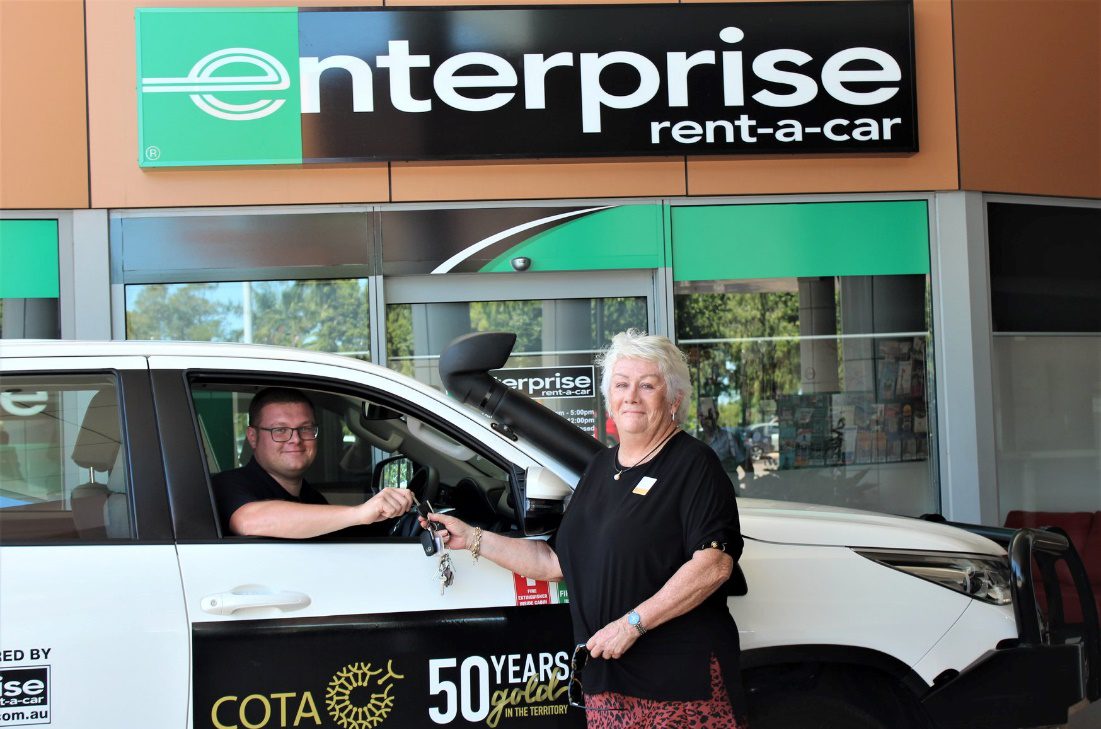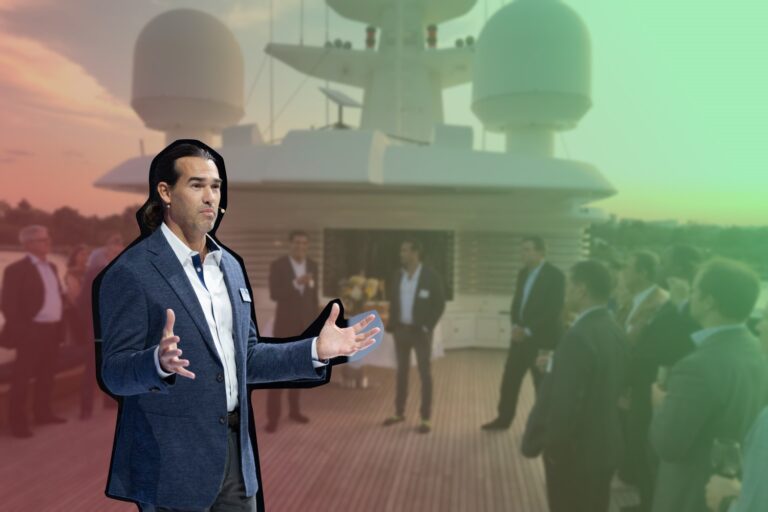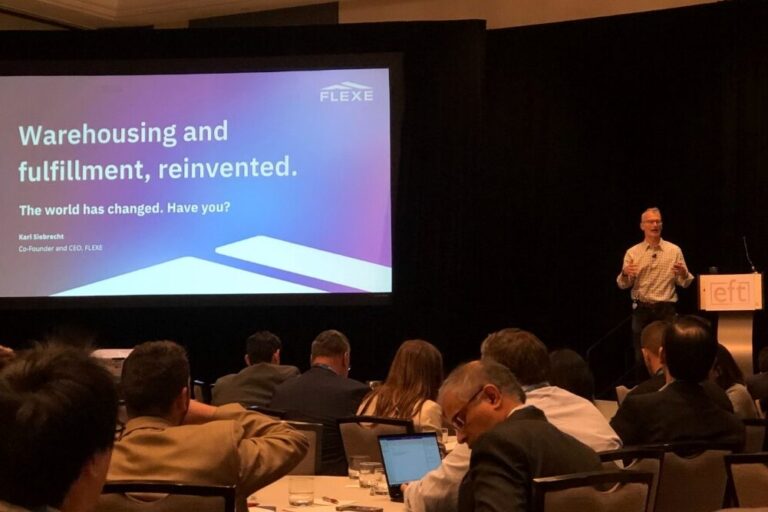What to Learn from Enterprise’s Rise and Its Acquisition Story
As of today, Enterprise owns Alamo Rent-A-Car and National Car Rental, the company operates the largest rental fleet in the world with some 1.7 million cars and trucks under its three branches. In which, Jack Taylor the founder and his family own an estimated 88% of the private company and become a longtime member of The Forbes 400 list of Richest Americans and the Forbes World’s Billionaires list.
The company was first named Enterprise Rent-A-Car, after the aircraft carrier Taylor served on in World War 2. He ran it till 1991 and had his son Andrew Taylor took over as a chief executive officer. In 2013, Andrew became executive chairman and hand over to Pamela Nicholson to be the first non-family member CEO.
Enterprise’s Founding Story to Lead the Rental Market
It all started in 1957 when Jack was a young salesman at a St Louis Cadillac dealership in 1957 when he became intrigued by the relatively new practice of automobile leasing. And decided to have his own operation going on and founded Enterprise right that year.
Initially Taylor planned on focusing his business on long-term leasing, but then he began to examine many potentials for car rentals and decided to be the first one entering this field in 1962. But after the company started to get some good reputation, Taylor changed his mind. The founder looked for even better ways to make money, he saw the niche everybody was missing back then. In 1963, he began what he saw as a sideline rental business, just with 17 Chevrolets, for which he charged 5 a day and 5 cents a mile. And the business has not stopped expanding since.
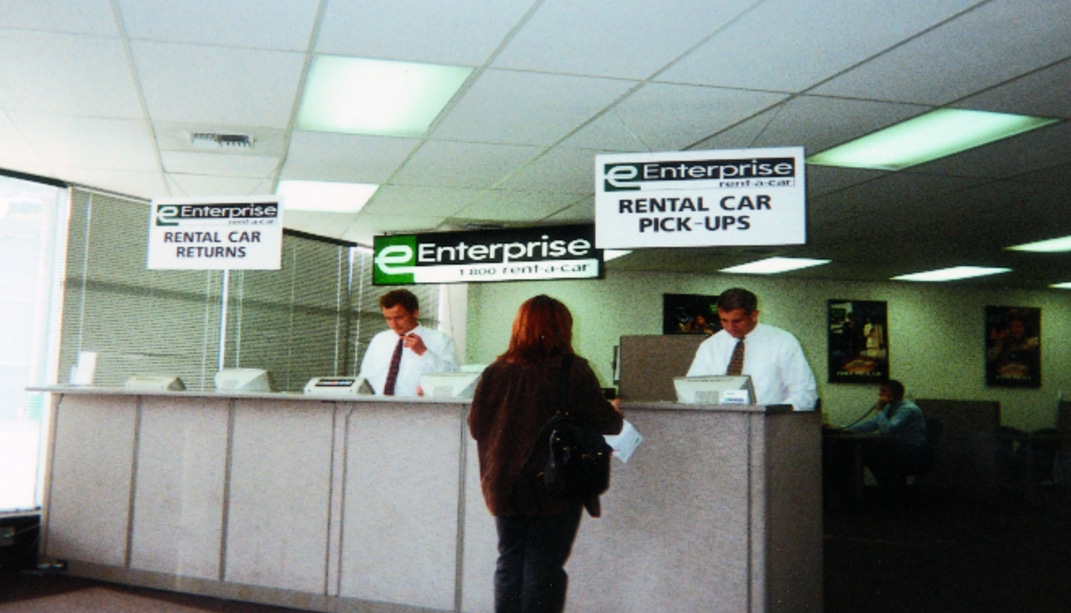
Until 1980, the company took a big leap to further customer service with the National Reservation Center where enable customers to call a toll-free number to rent Enterprise vehicles nationwide. Besides, the company also does many ‘side-dishes’ acquisitions.
As of 2020, with global revenue of close to $22.5 billion in fiscal 2020 Enterprise had Hertz – one of its biggest rivals to officially announced bankruptcy and step up to be the America’s largest car rental. How was this happened? Let’s break down some cool hindsight!
Enterprise’s Trick on Stepping up to Monopolize the US Market
There are a few tricks you could notice obviously from Enterprise that has help it get ahead of the game. For example, the company initially focused on storefronts in suburbs and cities, rather than pouring cash into pricey airport rental car real estate. It also has marketing spend saved with ultra-productive salespeople and car repair shops to direct its own customers to Enterprise.
And perhaps, the most unusual scheme Enterprise has pull to win over all the whole pie, was its weird hiring of fresh college graduate – particularly the student-athletes or as they call them amiable jocks. Although this is not that strange see corporate hiring graduate, but Enterprise takes it at a different level, more than any other company, according to a Kellogg School of Management case study.

As its then-CEO told Fortune: “We hire from the half of the college class the makes the upper half possible. We want athletes, fraternity types – especially fraternity presidents and social directors. The people of people.”
Eventually, 25% of newbies graduate from the management program within six months, and the rest within two years or less. And with about 8,500 newbies join each year who are quickly able to advance throughout the company, particularly, its CEO and COO both started in Enterprise’s management training program.
Competitive and social, that’s what the company aiming at to nurture its employees – the true salespeople. Boosting their recruits’ tendencies, Enterprise also designed its program to encourage staffs at different branch locations to compete with each other. Every position, from branch managers to staff are responsible for increasing sales in their region, with new repair shops and car dealers they got bonuses.
Somehow, this sale environment sounds just different from any other. It seems that former athletes and fraternity presidents are people that thrived most and like it most within such competitive Enterprise. Managers were encouraged by the home office to place bets with each other on staff performance, with the loser paying for dinner or working extra hours at the winning branch.
This is how the car rental giant had eaten all Hertz’s and Avis’ market share throughout the past few decades. According to Statista as of today, Enterprise claims 44% of this industry – as generated $26 billion in 2020.
What to Learn from Enterprise’s Most Successful Buyout
When Vanguard – who owned Alamo and National and is a cool player is this industry – and the Dollar Thrifty Automotive Group were about to merge on an agreement of $3 billion, Enterprise knew this is no good news. To keep on growing, the company needed to increase their share on the airport rental areas, therefore, the merger of the four rival brands would bring bad future for it, making Enterprise’s climb much harder. So, should it bid on Vanguard, take it on its side?
In retrospect, Vanguard is quite a huge deal and Enterprise had never done any acquisition this size before. Not to mention, how hard it would be for the executive team, there would also be big cultural and operational differences that is not easy to shield. In particular, most Enterprise branches were neighborhood locations where a small team of employees serviced about 100 cars, meanwhile, National’s and Alamo’s airport branches were much bigger. Vanguard’s culture stressed operational efficiency, whereas Enterprise’s culture focused on customer satisfaction and “promote from within” policies as its foremost business success path.
On the surface, this buyout was for advancing Enterprise’s presence at airports, and that is true. However, in the process there are more to counts, Enterprise’s former CEO Andrew Taylor shared he and the team had learned a lot about themselves and changed their company in ways that have provided them great tools to really grow faster on a global scale. To him, it is these lesson that matter the most!
Unify Cultures and What Matters the Most?
When the deal closed, and with Vanguard in hands Enterprise began a deliberate integration, it decided to take it steps by steps – knowing it was far more important to do it right than do it quickly. At that time, a thoughtful approach is not so out of reach, not only because Enterprise as a private ownership shielded the team from short-term financial pressures, but also because the company got Vanguard at an affordable price. So, move on deep into this journey!
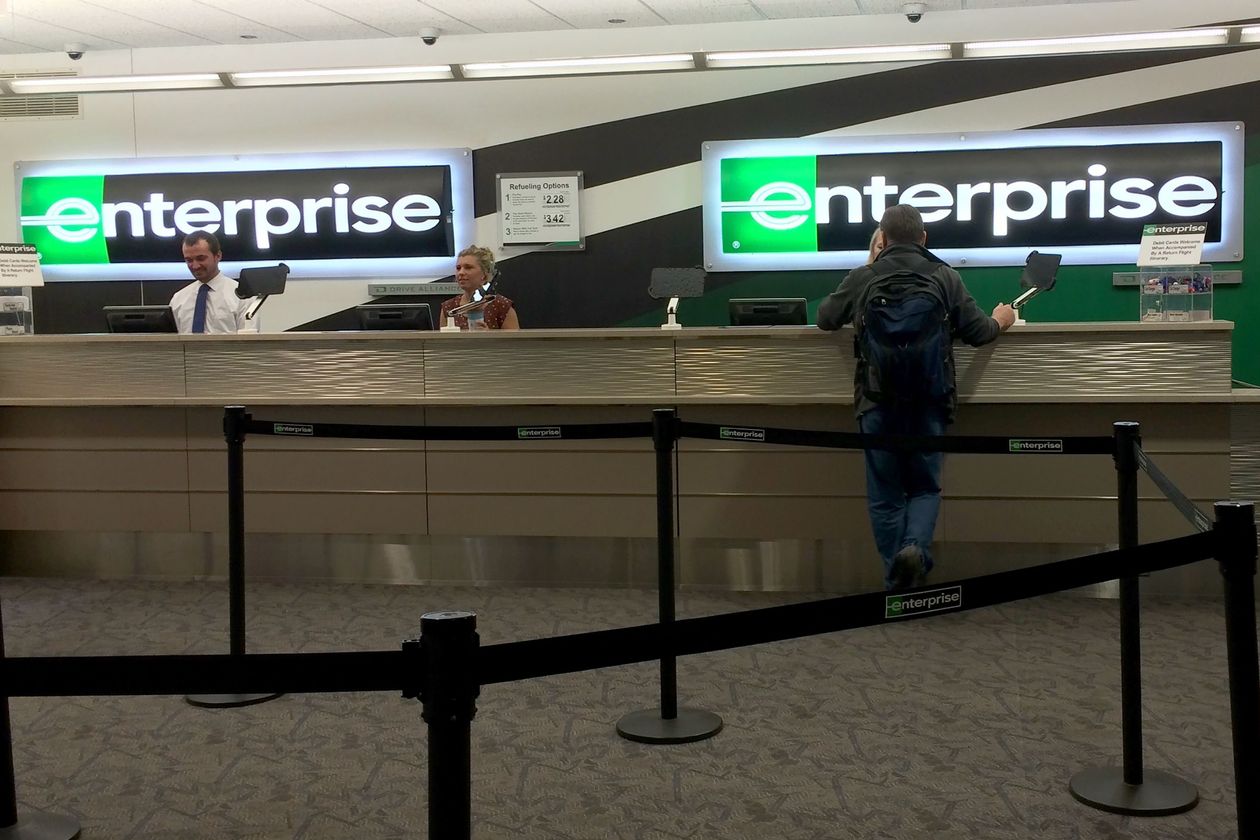
Firstly, Taylor focused on the two companies’ cultures, using a simple message and a few powerful symbols – which meaning is to only win hearts. Taylor remembers, it was on August 1st, after the paperwork, his whole family and members of the executive team flew right away to Tulsa, Oklahoma, for an evening meeting at Vanguard headquarters. Taylor introduces himself and the family – as how this is a family business – and move on stressing Enterprise’s commitment to making this union work over the long term. He believes that the same philosophy that had push Enterprise’s growth would bring along Vanguard on the rise. “Employees on both sides of the transaction” he said, “are now part of a company that is dedicated to three things: listening to and satisfying our customers, creating opportunities for our employees, and archiving long-term, sustainable growth.” Kept on resonating with the audience, Taylor emphasized that as a family-owned organization, Enterprise aimed to bring stability and progression to Vanguard. A unity spirit that needed most to Vanguard at such moment where a series of ownership and management upheavals over the previous decade had left employees feeling a bit unsettled.
More than that, Taylor seeks values in every single corner of Vanguard – who had a lot to teach him about airport operations. At big airports like Orlando, LAX, National and Alamo managers run over thousands of rental transactions every day, their systems and processes operated on a much bigger scale than his. At the same time, they also had a quality assurance process that was specifically designed to cut off potential problems. All that, is what he and the team wanted to adopt as thorough as possible. Not to only do better at Vanguard but also to reengineer Enterprise for the best outcome.
That first year of merging, Taylor insists is not only for listening and learning but also to share both values and practices. In return to what Enterprise has got in Vanguard, the former gives back the later a lot of notion on achieving consistently high customer satisfaction. And Vanguard immediately adopted that culture for both its children Alamo and National.
As of now, it’s been a decade after that fateful union. Without question, the deal has worked out more than expected. After all, Taylor recalls the biggest lesson he and the company in general had learned from that integration is how to execute a major buyout without risk to the company fundamental values and culture. Besides, there are also other lessons worth noting, too. He has learned that the most important factor in deciding whether to do a deal is a clear understanding of what is to be gained.
In brief, to Taylor integrating a merger means deliberate work, because you get only one chance to do it well. And he has learned that symbolism matters especially in human managing – in raising and empowering cultures. It was important that Enterprise not send a whole swat of executives to Vanguard and just plainly “takeover”.
Oversee the Three Distinct Characters
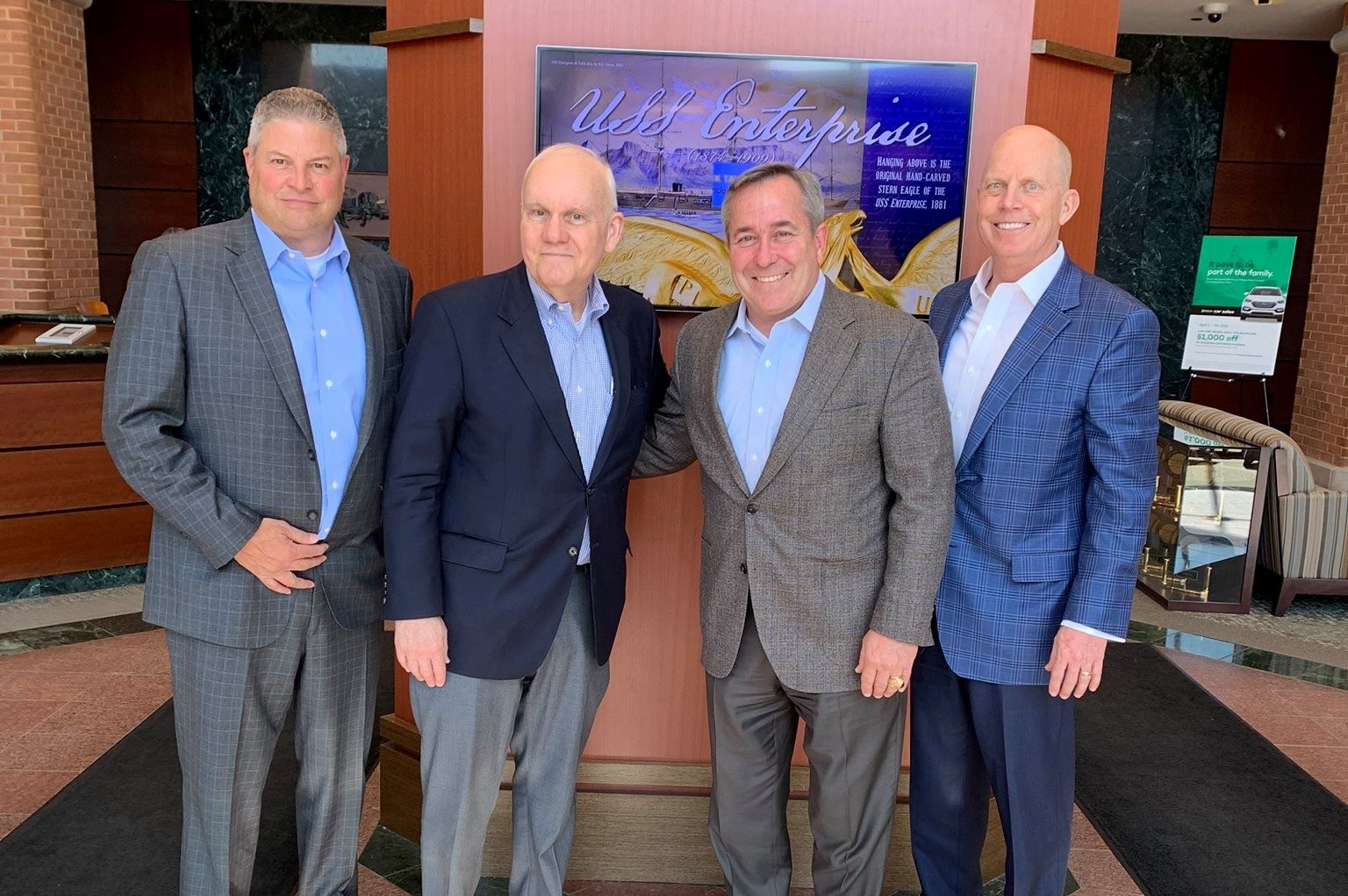
Even though the approaching method is through, still during this get-acquainted period, there are many core issues need to be considered such as the brand portfolio, the general management structure, and the question of franchises. Obviously, the key question was whether we would maintain all three brands or combine Enterprise and Alamo. And as Taylor and his team studied Vanguard, the answer is getting clearer for each brand was distinctly positioned to serve a well-defined segment.
Alamo is a destination brand for vacationers, often from outside the United States, who were headed to places like Las Vegas and Disney World, its customers generally look for bargains on the internet. On the other hand, National appealed to business travelers – the “rental experts” that wanted to get in and out of their vehicles as fast as possible, without stopping to fill out forms or deal with customer representatives, and they were willing to pay a premium for those benefits. Meanwhile, Enterprise’s strong track record of affordable pricing in home-city markets attracted customers to its airport locations as well. Each brand had significant value and offered its customers what was most important to them. So, the company worked to reinforce the distinct character of each, in a sense that it’s the only way to make best outcome.
The Bottom Lines
A long live empire – Enterprise has proved to be lead with strong leadership and the right philosophy. As how the company has managed to strived beyond the US region and become such global icon. And the company’s savvy approach to deal with big differences in operation and culture is a worth telling one!

